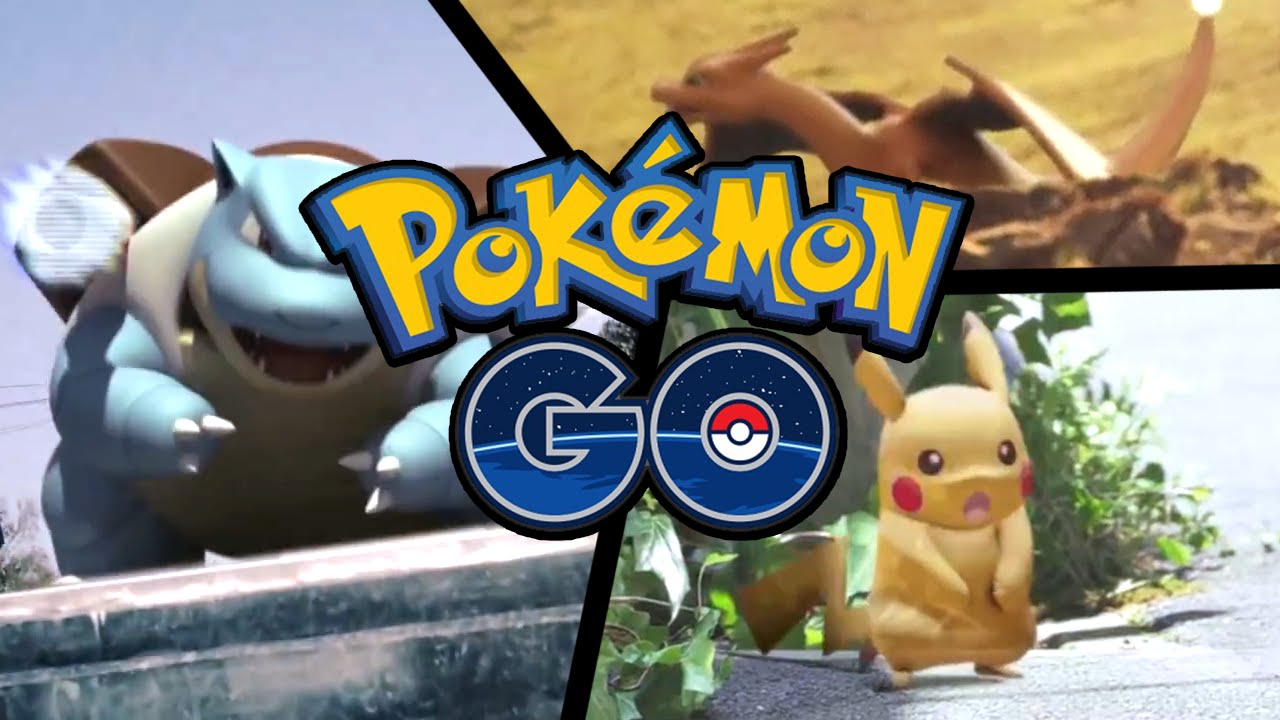M+E Daily

GameStop Reaps Rewards From ‘Pokemon Go’ Craze
Story Highlights
Nintendo and game developer Niantic aren’t the only companies benefiting from the craze around the augmented reality (AR) mobile game “Pokemon Go.” GameStop disclosed July 18 that sales at many of its stores are up significantly as a result of interest in the game and renewed interest in Pokemon merchandise.
What’s especially significant for GameStop is that the summer is a traditionally slow time of the year for it and the video game industry in general. After all, few significant video game products are introduced during the summer and consumers tend to be busy with vacations.
But GameStop ran family events over the weekend at the 462 stores that are serving as PokeStops and PokeGyms for “Pokemon Go” players, and Pokemon-related sales were up 100% at those locations, GameStop CEO Paul Raines told CNBC in a televised interview July 18. PokeStops are places in the real world where players of the game can collect special items to be used in the game, while PokeGyms are places in the real world where Pokemon characters from the game can battle each other. Pokemon merchandise sales were also “up significantly across the board,” Raines said.
The 462 U.S. stores included 322 GameStop-branded stores and 140 of the company’s AT&T-branded Spring Mobile stores, GameStop spokeswoman Jackie Smith told the Media & Entertainment Services Alliance (MESA). Though that’s just a small percentage of the more than 7,000 stores that GameStop operates globally, including almost 4,000 GameStop-branded stores in the U.S. alone, she added. “We can’t expand the number of PokeStops and Pokemon Gyms ourselves. That’s something within the control of the studio that has made the game,” she said, referring to Niantic.
The significance of the “Pokemon Go” success for Niantic and Nintendo, meanwhile, can’t be overstated. It’s the second game from Niantic, a San Francisco-based developer of AR titles that started out in 2010 as Niantic Labs within Google, which spun the developer off as an independent company last year. Since then, Niantic has received funding from Google, Nintendo and Nintendo’s Pokemon Company, publisher of “Pokemon Go.”
Nintendo has, in recent years, been struggling to regain the significant market share that it enjoyed in years past after weak sales of the Wii U console and a significant decline in handheld video game sales as a result of much cheaper — and often free — mobile games. The company finally decided, after much prodding from analysts and shareholders, to allow its games to be released for mobile devices made by manufacturers not named Nintendo. “Pokemon Go” is its second effort on that front, following “Miitomo,” a social title developed by Nintendo.
Nintendo is also counting on the success of its next console, code-named NX, which will ship in March 2017. In the meantime, it plans to ship a mini new version of its old Nintendo Entertainment System for the holiday season. The NES Classic Edition will cost $59.99 when it ships Nov. 11 in the U.S., Nintendo of America said July 14. It’s a mini replica of the old system, but — unlike the original console — can be connected directly to a TV using an HDMI cable and will come with 30 NES games built in, including “Donkey Kong” “Pac-Man” and “Super Mario Bros.” It will also ship with one NES Classic Controller.
“I think ‘Pokemon Go’ is a bigger punch than mini-NES but overall I think it is mainly about Nintendo getting its name and IP back in front of a large global audience,” David Cole, CEO of game research company DFC Intelligence, said via email July 15. “‘Pokemon Go’ obviously goes a lot wider but it is also about appealing to an audience that is nostalgic for Nintendo and now may be looking to get their own kids into games,” he said. The mini-NES is “a much more minor product although it is about a similar goal,” he added.
Cole also predicted that AR “will be the hot new thing” for games. “The beauty is that as ‘Pokemon Go’ shows most people already have the devices to do AR,” he said, adding that the “cost of entry” is relatively low. It certainly costs less to play AR games than games that use virtual reality (VR) devices like the Oculus Rift headset or PlayStation VR.
“Nintendo’s access to Niantic opens up opportunities for other game applications of AR, and it is no stretch of the imagination to see the opportunities behind an AR-DS handheld and from there taking it to a proprietary Nintendo NX device,” Cole said in a July 11 report. “That is where Nintendo can make real money,” he said.
Meanwhile, Nintendo shares have surged on the success of “Pokemon Go.” On the negative side, there have been widespread reports about players having accidents and being robbed while playing the game. A warning has been placed at the start of the game that players must click “OK” to before continuing. It reads: “Remember to be alert at all times. Stay aware of your surroundings.” Not mentioned was a warning that players should also definitely not play the game while driving.









